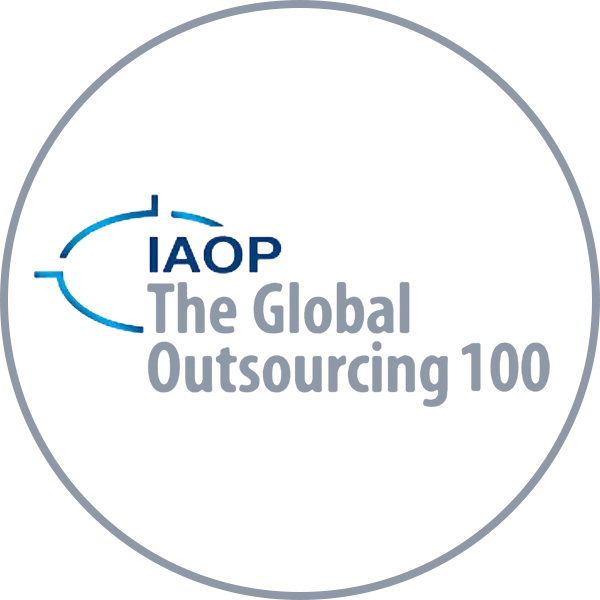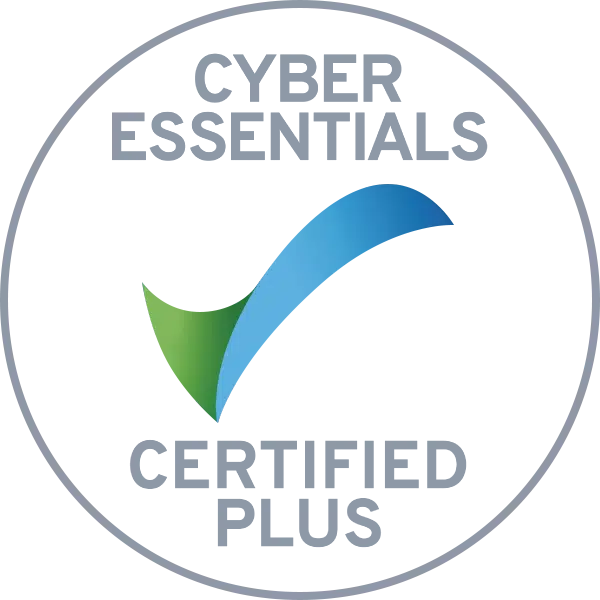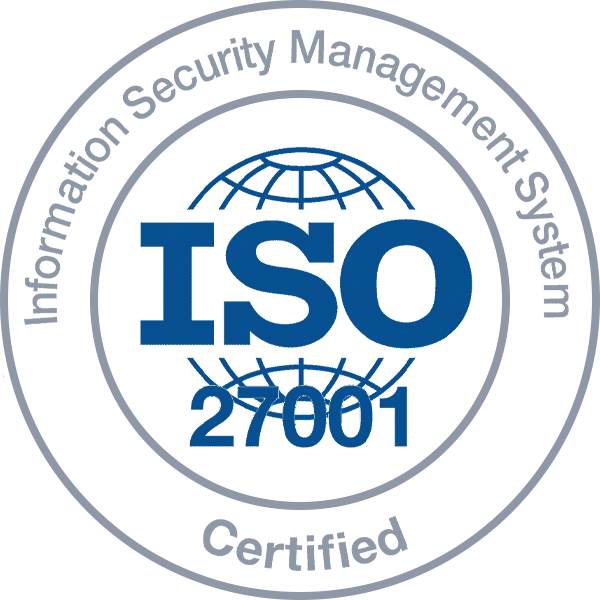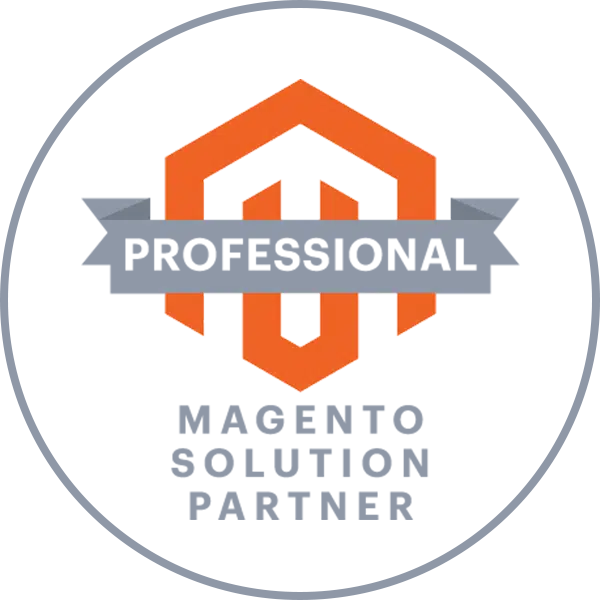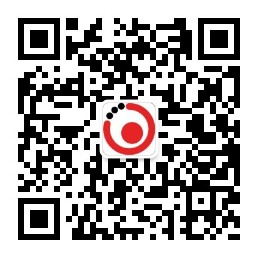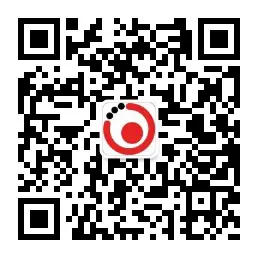Not sure if we're
the right fit for your needs?
Try our One-Week Free Trial and work directly with a dedicated developer—no risk, no commitment. Experience quality development firsthand!
What’s Included in the Free Trial ?
- One week of development work by the experienced developer you choose, completely free of charge.
- Full access to our developer’s expertise in areas like SaaS, eCommerce, mobile apps, and more.
- Your project’s confidentiality and security ensured by signing a Non-Disclosure Agreement (NDA) before the trial begins.
- Clear communication and collaborative project management, just like in a real contract.
- The option to switch to another developer to continue the free trial.
Why Choose Our Free Trial?
- No Commitment: If you’re not satisfied with the trial, you’re free to walk away with no strings attached or switch to another developer to continue the trial. However, most clients find that the first developer meets their needs.
- Client Ownership: Any code, data, or deliverables produced during the trial period will be owned by the client. If you decide not to continue, Shinetech will assist with data transfer and deletion, ensuring no data is retained.
- Flexible Engagement Models: After the trial, if you’re satisfied with the developer, you can select the engagement model that best suits your needs and sign a contract to begin the collaboration.
- Consistent Quality: The developer you worked with during the trial will continue to be responsible for your project development throughout the official collaboration.
